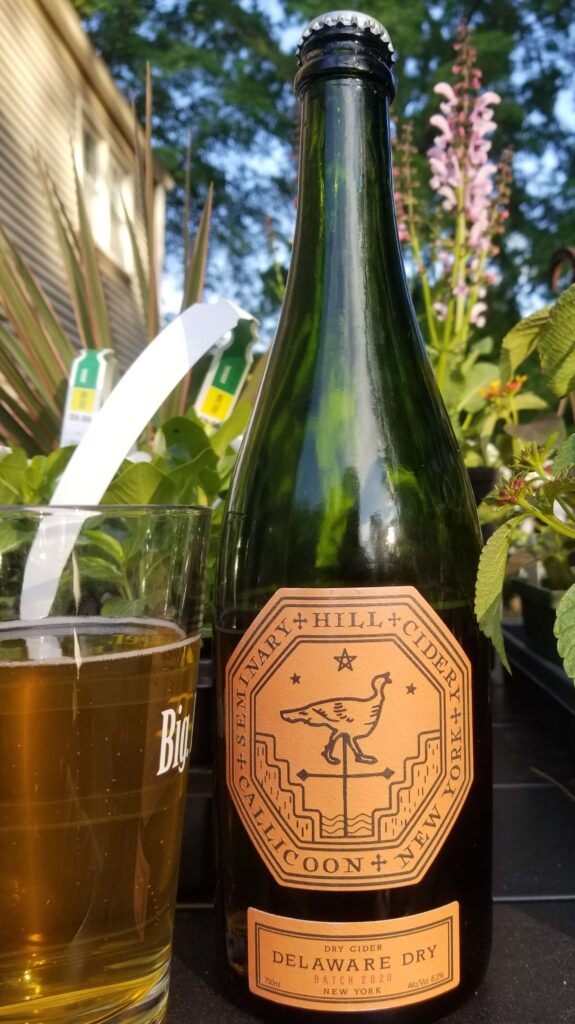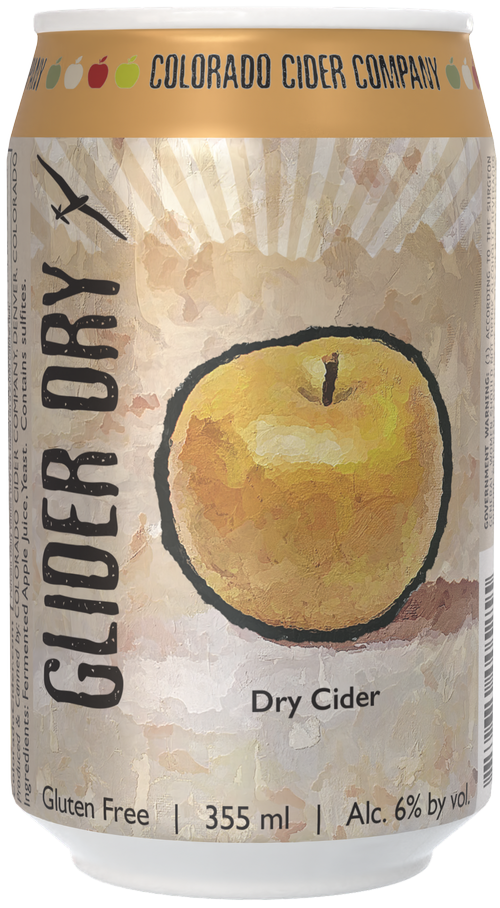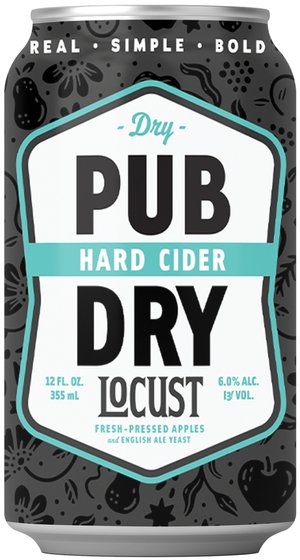As we get deeper into the summer, gearing up for the grilling season and pouring glasses of refreshing libations , it is essential to remember a popular beverage that spans the entire history of America and centuries prior. Cider.
July is dry cider month, better known as Dry Cider July, where we celebrate an often neglected category in the craft beverage space. Many people have stories of toothache-inducing cider, and that memory ruins it as an option for parties, BBQs, baseball games, or just a fantastic summer evening with a cigar.
During this month, you can expect a myriad of tasting notes, pictures, video reviews, and much more from the BevFluence Community, but for now, we will explore the history and styles of dry cider. Keep in mind that for the 4th of July, the founders drank more cider than beer.
A History Steeped in Refreshment
Cider, encompassing dry and sweet styles, boasts a rich heritage spanning centuries across Europe. Apples were plentiful, particularly in England and northern France, making cider a natural choice as the default alcoholic beverage in many regions. While sweet ciders were certainly enjoyed, dry ciders held a special place for their refreshing acidity and lower sugar content.
The exact origin of dry cider remains shrouded in the mists of time. Evidence suggests that Celts in Britain fermented crab apples – ancestors of the bittersweet and bittersharp apples used today – as far back as 3000 BCE. The Roman invasion introduced new apple cultivars and orcharding techniques, potentially influencing cider production.
Historical records became more sparse after the Roman era. However, cider-drinking Vikings and Anglo-Saxons likely continued the tradition. The Norman Conquest of 1066 marked a turning point. The Normans brought tannic and acidic cider apples, forever altering the landscape of English cider. With their unique flavor profile, these apples were instrumental in developing the dry cider styles we know today.
Across the English Channel, France also developed its cider tradition. While dry ciders were undoubtedly produced, French cider makers often favored sweeter styles utilizing specific apple varieties and the “keeving” process, which removes harsh tannins while preserving some sugar. This distinction between the drier English style and the sweeter French style persists today, showcasing the diverse expressions within the realm of dry cider.
The Symphony of Apples: Crafting Complexity
Unlike some alcoholic beverages that rely on a single dominant ingredient, dry cider draws its character from carefully selected apples. These are not your typical dessert apples found at the grocery store but rather apples chosen over the centuries that make great cider. Dry cider production relies on specific apple varieties for their ideal balance of sugars, tannins, and acidity. Here are some key players in the dry cider symphony:
- Sharp/Bittersweet Apples: Varieties like Kingston Black, Dabinett, and Foxwhelp bring acidity, tannins, and intriguing flavors reminiscent of herbs and spices to the cider. These apples add complexity and structure, preventing the cider from tasting one-dimensional.
- Bittersweet/Tannic Apples: Apples like Yarlington Mill, Chiverton Crab, and Michelin contribute tannins. Tannins are astringent compounds that provide a drying sensation on the palate and contribute to the cider’s structure and mouthfeel. They can also impart subtle bitterness, which, when balanced, adds complexity to the overall flavor profile.
- Tart/High-Acid Apples: Apples like Granny Smith and some culinary varieties add a refreshing burst of acidity. This acidity balances sweetness and prevents the cider from tasting flabby or overly sweet. It also contributes to the cider’s crisp and refreshing character.
Cidermakers carefully blend these apple varieties to achieve the desired balance of sweetness, acidity, tannins, and flavor profile. In some cases, they produce single-varietal apple cider. The specific combination of apples can vary greatly depending on the cider maker’s vision and the characteristics of the available harvest. This interplay between apple selection, fermentation techniques, and aging processes allows for remarkable diversity within the dry cider category.
Beyond Sweetness: Yes, Dry Cider is a thing.
The rise of dry cider can be attributed to several factors that resonate with modern drinkers:
- Shifting Palates: Consumers across various alcoholic beverages are increasingly drawn to drier styles. Dry cider offers a refreshing alternative to sweeter options, appealing to those who prefer a less sugary drink.
- A Spotlight on Fruit Character: Dry ciders, with minimal residual sugar, allow the unique flavors and characteristics of the apples to shine through. This results in a more complex and nuanced drinking experience, where the subtle notes of the apples take center stage. Consumers can appreciate the distinct varietal characteristics of the apples used, similar to how wine drinkers savor the nuances of different grape varieties.
- Food Pairing Versatility: Dry cider’s lower sugar content makes it a versatile beverage for food pairing. Unlike sweeter ciders, which can clash with certain dishes, dry cider’s crispness and acidity complement a more comprehensive range of flavors. It can enhance the richness of fatty dishes, cut through the creaminess of cheeses, and even stand up to bolder spices.
- Cider Cocktails: Dry cider is a popular choice for cocktails due to its unique characteristics, which set it apart from other types of cider. The acidity helps to balance the sweetness of other ingredients and creates a refreshing and crisp taste. Its complexity adds depth and interest to cocktails. Its versatility makes it a great choice for mixologists looking to experiment with new flavors. And dry cider’s acidity and tannins help to balance the sweetness of other ingredients in cocktails, creating a harmonious and refreshing taste.
- Health Considerations: With less sugar and often fewer calories than sweeter ciders, dry cider may be a healthier option for some consumers. While alcohol consumption should always be done in moderation, the lower sugar content can be a factor for those who are mindful.
Finding Your Perfect Dry Cider
So, you’re intrigued by the world of dry cider and eager to embark on your exploration. Here are some tips to help you navigate the shelves and discover your perfect dry cider:
- Label Language: Become familiar with key terms on cider labels. Words like “dry,” “brut,” “off-dry,” or “bone-dry” generally indicate a drier cider. “Brut” is a style modeled after Brut Champagne, often featuring zero grams of residual sugar and sparkling nature.
- Nutritional Information: Sometimes ciders will display nutritional information on the label. If you find it, look for the sugar content. Aim for 0-3 grams of sugar per 16-ounce can for a dry cider.
- Online Resources: The American Cider Association’s Dry Cider Directory is valuable. This online directory lists dry ciders from member producers, making finding options in your area easier.
- Embrace the Adventure: Don’t be afraid to experiment! Visit your local cider shop or talk to a knowledgeable salesperson. Many cider shops offer tastings, allowing you to sample different dry ciders and discover favorites. Cider Makers are passionate about their craft and love to share their knowledge. Ask questions and learn about the specific apple varieties used and the cider making process behind each offering.
The Future of Dry Cider: Beyond July
Dry cider’s popularity is poised for continued growth. As consumers become more adventurous in their palates and seek out drier styles across various beverages, dry cider is well-positioned to capture their attention. Our team has partnered with the American Cider Association to present the most extensive marketing opportunity for the cider industry in modern history.
The rise of dry cider also signifies a growing appreciation for quality ingredients and artisanal production methods. Consumers are increasingly interested in understanding where their food and drink come from and the stories behind them. Dry cider, often produced by small, independent cider makers using traditional methods and locally sourced apples, aligns perfectly with this trend.
In conclusion, dry cider offers a refreshing, flavorful, and food-friendly alternative for those seeking a drier beverage experience. Its rich history, unique apple varieties, and commitment to quality craftsmanship make it a category worth exploring for any adventurous drinker. So, raise a glass of dry cider, embrace the symphony of apple flavors, and discover the delightful world of refreshment it offers.
 Most readers are familiar with cider - or hard cider as it is referred to in the United States. The legal tax definitions are that it is (1) made from apples, pears, or concentrate of apples or pears and water; (2) contains no other fruit product or fruit flavoring other than apple or pear; and (3) contains at least 0.5% and less than 8.5% alcohol by volume.
Most readers are familiar with cider - or hard cider as it is referred to in the United States. The legal tax definitions are that it is (1) made from apples, pears, or concentrate of apples or pears and water; (2) contains no other fruit product or fruit flavoring other than apple or pear; and (3) contains at least 0.5% and less than 8.5% alcohol by volume. Pear cider or Perry is a subset within this classification and the major difference with apple cider is not only the fruit but more importantly that pears naturally contain unfermentable sugars (sorbitol) that leave a residual sweetness in the beverage. And whereas cider uses the Long Ashton Research Station (LARS) classification system to understand the complex relationships between acidity, tannin, and sugar levels, perry classification is much simpler. Either low tannins or high tannins.
Pear cider or Perry is a subset within this classification and the major difference with apple cider is not only the fruit but more importantly that pears naturally contain unfermentable sugars (sorbitol) that leave a residual sweetness in the beverage. And whereas cider uses the Long Ashton Research Station (LARS) classification system to understand the complex relationships between acidity, tannin, and sugar levels, perry classification is much simpler. Either low tannins or high tannins.





















